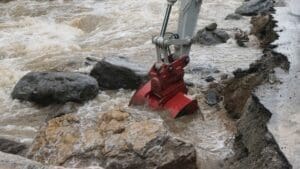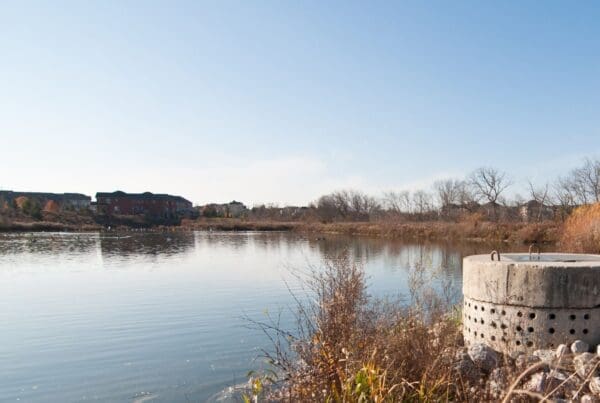Dredging companies play a crucial role in maintaining the health and vitality of our water bodies. They are specially equipped to handle the complex task of removing sediment and other debris from the bottom of ponds, lakes, and other bodies of water. This not only improves the water’s aesthetic appeal but also contributes significantly to its ecosystem.
Understanding Dredging Companies
Dredging companies play a pivotal role in environmental stewardship. While their primary function is sediment removal, their impact extends far beyond that. By restoring and preserving aquatic habitats, they contribute to the conservation of diverse ecosystems and the protection of endangered species. Moreover, they actively work towards improving water quality, ensuring a healthier and sustainable environment for both marine life and communities.
By enhancing the recreational use of bodies of water, dredging companies provide opportunities for leisure activities such as boating, swimming, and fishing, fostering a deeper connection between people and nature. Through their expertise and dedication, dredging companies have been instrumental in the successful execution of numerous projects, making a significant contribution to the betterment of our environment and the well-being of our communities.
A Look into the Dredging Industry
The dredging industry is a dynamic and rapidly evolving field. It has seen significant growth over the years, with an increasing number of players entering the market. The industry is driven by the growing need for sediment removal in various sectors, including construction, mining, and environmental restoration. Despite its growth, the dredging industry faces certain challenges. These include stringent environmental regulations, technical complexities, and the high costs associated with dredging operations. However, the industry continues to find ways to overcome these obstacles, by adopting innovative techniques and technologies.
Technology has had a profound impact on the dredging industry. From advanced dredging equipment to sophisticated sediment analysis tools, technological advancements have paved the way for more efficient and environmentally friendly dredging practices.
The Importance of Sediment Removal Services 
Sedimentation is a natural process that can have detrimental effects on pond and lake waters. Excessive sediment buildup can lead to poor water quality, reduced depth, and loss of aquatic life. This is where sediment removal services come into play.
Sediment removal services are designed to remove the accumulated sediment and restore the health of the water body. These services are not only important for preserving the aesthetic appeal of the water bodies but also critical in maintaining their ecological balance.
There are various techniques used in sediment removal, with dredging being one of the most common. Other techniques include desilting, suction, and use of sediment basins. The choice of technique often depends on the specific conditions and requirements of the water body.
How to Remove Sediment from Pond
Removing sediment from a pond is a multi-step process that requires careful planning and execution. It typically starts with an assessment of the pond’s condition, followed by the development of a dredging plan. This plan outlines the methods to be used, the amount of sediment to be removed, and the disposal methods for the dredged material.
Dredging companies play an important role in this process. They bring in their expertise and specialized equipment to efficiently and safely remove the sediment. Moreover, they ensure that the process is carried out in compliance with local regulations and environmental standards.
Once the sediment removal process is complete, it is important to maintain the pond to prevent excessive sediment buildup in the future. This can involve regular monitoring of the pond’s condition, implementing erosion control measures, and carrying out periodic dredging as needed.
Note about Lake Sediment Removal
Lake sediment removal comes with its own set of challenges. Lakes are typically larger and deeper than ponds, requiring more extensive planning and resources for sediment removal. Moreover, lakes often support a diverse range of flora and fauna, necessitating extra care to minimize disruption to these ecosystems during the dredging process.
The lake sediment removal process is similar to that of ponds, but on a larger scale. It involves a thorough assessment of the lake, development of a dredging plan, execution of the plan, and post-dredging maintenance.
Dredging companies have successfully carried out numerous lake sediment removal projects. These projects have not only improved the aesthetic and recreational appeal of the lakes but also contributed to the preservation and enhancement of their ecosystems.
Conclusion
Dredging companies and the services they provide play an indispensable role in maintaining the health and beauty of our ponds and lakes. They take on the challenging task of sediment removal, employing their expertise and innovative techniques to ensure that our water bodies continue to thrive for generations to come. Reach out to us for your sediment removal needs, and let us work together towards a cleaner and healthier environment.




